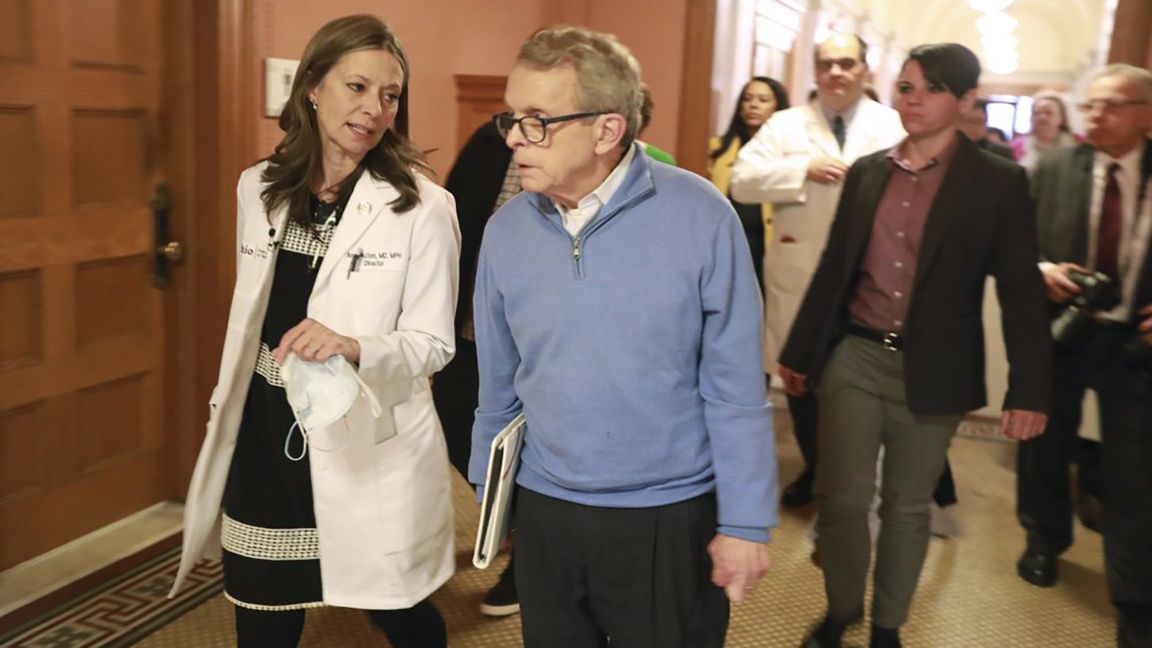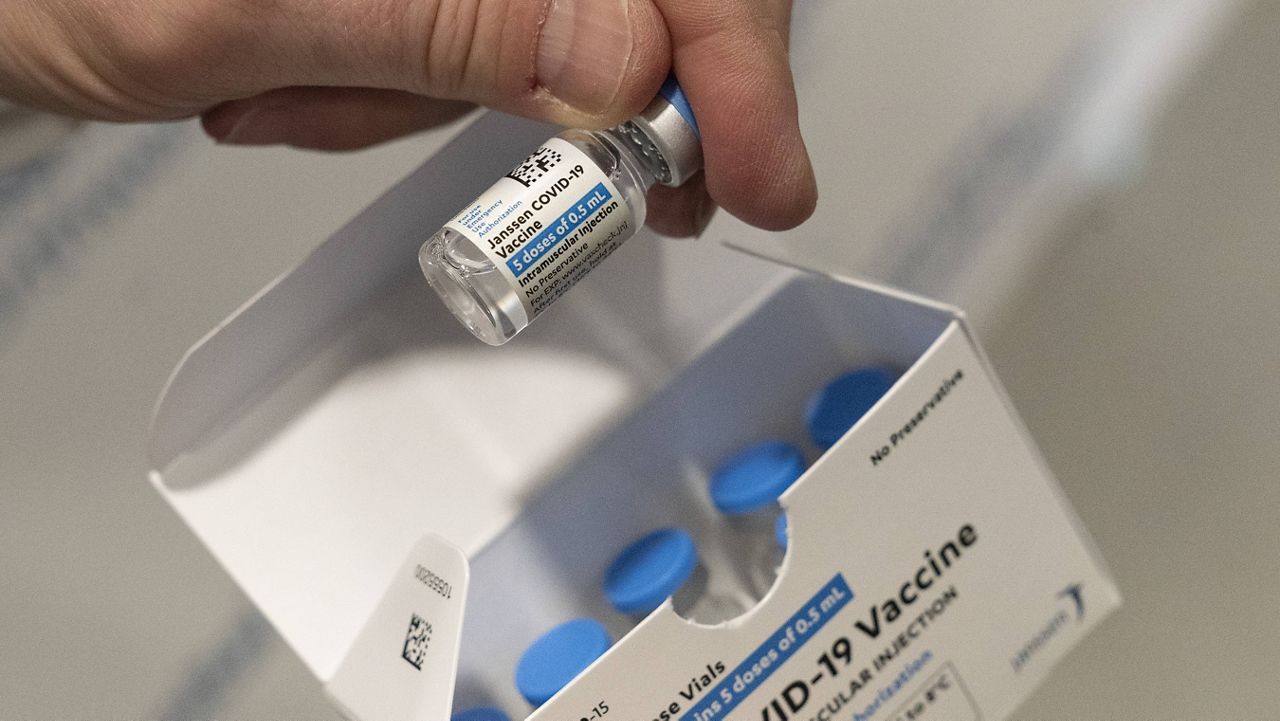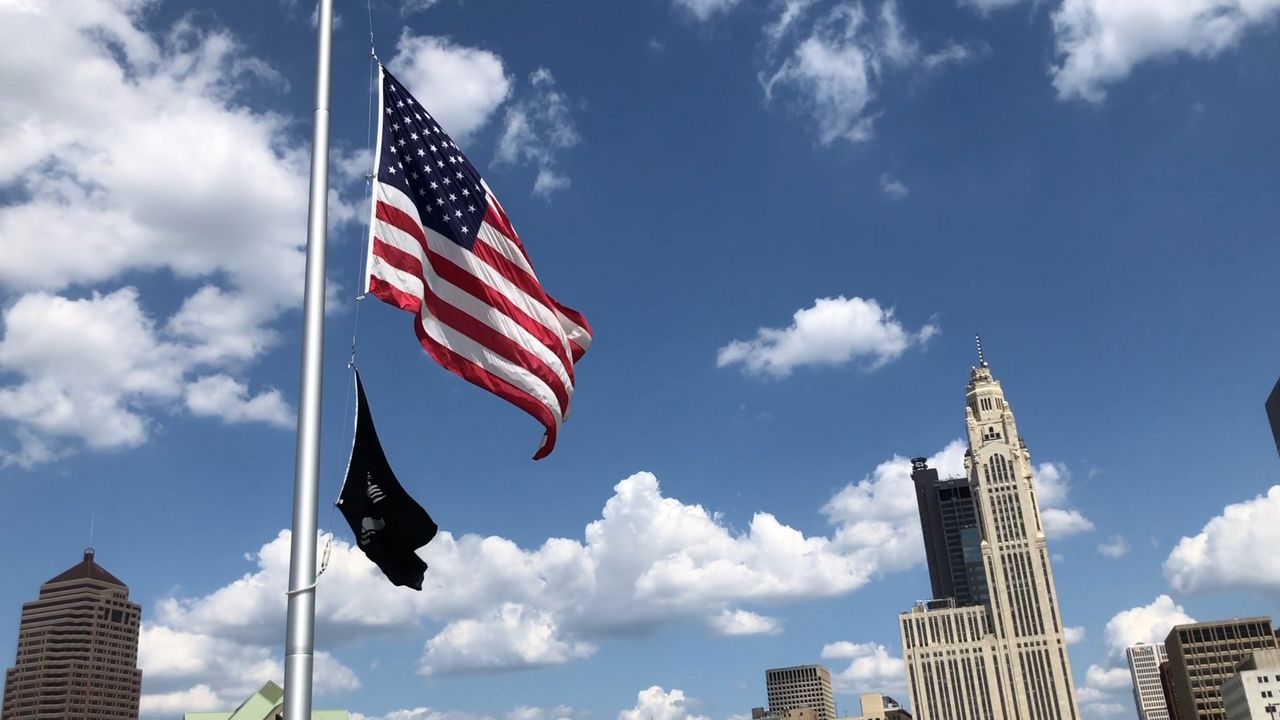When the first COVID-19 warnings came out of China in December 2019, most Ohioans were still taking down Christmas decorations. But the Buckeye state was among the first in the nation to take the coronavirus threat seriously, announcing restrictions even before the first confirmed case.
The state quickly kicked into gear when COVID-19 made its way to the U.S., and state officials earned high praise for their swift response in March. As the summer approached, the pandemic worsened and hospitals began erecting ominous white tents outside emergency rooms to handle overflow.
By the end of 2020, cases had surged beyond the grimmest projections, straining hospitals and resulting in immeasurable tragedy.
Ohio would count nearly 1 million cases and more than 17,000 deaths from COVID-19 — the virus that changed every part of our lives.

Gov. Mike DeWine declared a state of emergency on March 9, 2020. It was two days before the World Health Organization confirmed that COVID-19, a strain of coronavirus spread via air-borne droplets, presented a global pandemic.
Ohio had three known cases then — all in Cuyahoga County — but no deaths yet.
A stay-at-home order, effective March 23, was issued by Dept. of Health Director Dr. Amy Acton, who began to emphasize “flattening the curve,” referring to graphical projections of the spread. The same day Ohio counted 442 COVID-19 cases and six deaths.
By Acton’s projections, Ohio cases would peak at 10,000 per day if social distancing and other precautions weren’t implemented state-wide.
Although many Ohioans' complied with social distancing requests, by mid-March, Ohio had 564 confirmed cases, with 145 of them in the hospital. On March 24, Ohio deaths went from six to eight marking the beginning of an increase that would continue for months.
By March 28, cases were rising quickly. Ohio infections totaled more than 1,400 and 25 were dead.
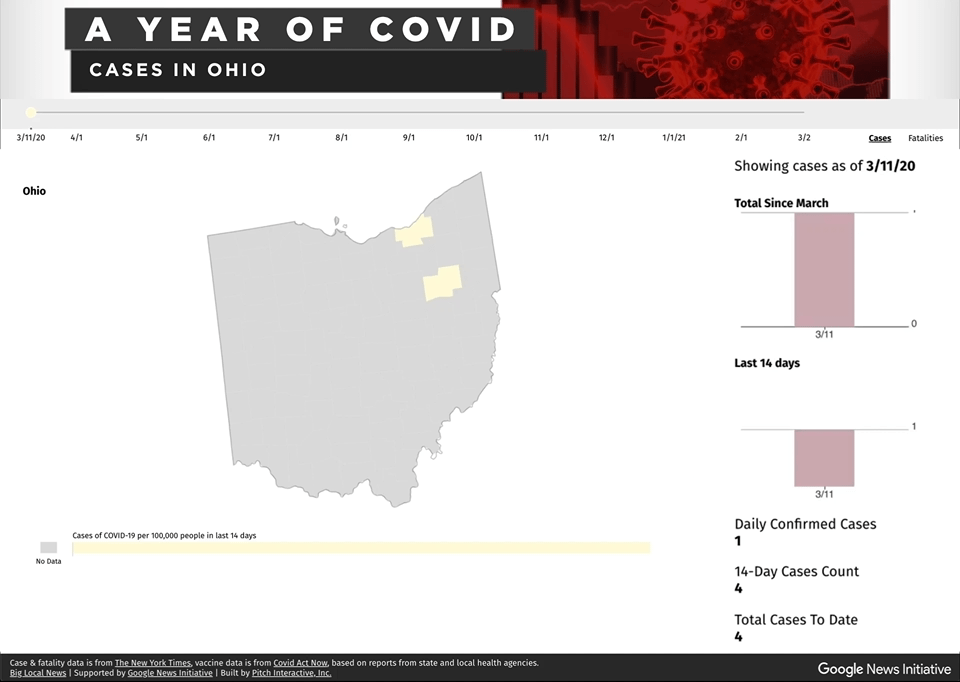
With Ohio ICUs filling, hospitals were projecting shortages of personal protective equipment (PPE), such as masks and gloves, and life-saving technology like respirators.
With the PPE situation dire, DeWine canceled all elective surgeries and put out a request for donations of unneeded medical and protective equipment — from N-95 and surgical masks to surgical gowns and ventilator tubing.
"This will also help us preserve critically short supplies of PPE and preserve inpatient beds and other equipment for critically ill patients," DeWine said in a statement.
The governor asked the U.S. Food and Drug Administration to issue an emergency waiver to allow technology that would sterilize used PPE masks each day.
Following a turbulent spring, when only essential business remained open and workers adapted to working from home, Acton resigned from her position in June. Anti-stay-at-home protestors who showed up at her home had started issuing death threats.
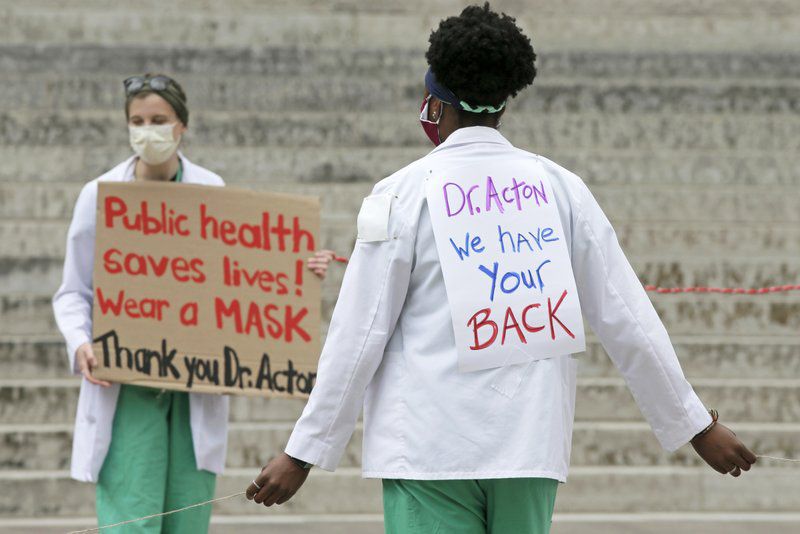
Not surprisingly, early totals of infections became daily tallies, as Ohio set records for new cases. Health care workers were falling ill as well. To date, more than 56,000 Ohio health care workers have contracted COVID-19.
By July 28, Ohio confirmed 1,400 new cases in one day, up from 1,098 the day before. The same day, 365 patients were in ICU units, up from 169, while patients on ventilators continued to climb.
After a frantic spring followed by a June decline in hospitalization, Ohio’s real surge didn’t hit until October.
In early November, Ohio counted 4,000 new cases per day for the first time. The daily count remained high throughout the month, despite dire warnings from officials to not gather with friends and families for Thanksgiving.
The number of people becoming seriously ill with the virus rose, with Ohio’s ICU bed count leaping from 187 patients on Oct. 2 to a high of 1,318 patients on Dec. 15, according to the Ohio Hospital Association, when daily cases peaked above 10,000.
Cumulatively, Cuyahoga County led the state in hospitalizations at 5,865 and deaths at 1,746. Franklin County counted 3,493 and 1,208 respectively.
A year without hugs and handshakes; the pandemic brought separation, stress, boredom, grief, anxiousness and loneliness like never before.
The toll of the pandemic was particularly heavy in Ohio’s nursing homes. A husband who had visited his wife with Alzheimer’s at her nursing home every day for two years watched her condition deteriorate through the window. After 42 days of isolation, she died alone.
The adjustment to working from home disrupted business projects and slowed economic development, but teams found new ways to work. The shift to work from home was psychologically difficult, and brought unexpected health problems to Ohio, like an explosion of eating disorders. The increase of virtual meetings and conversations on platforms like Zoom and Skype were a major contributor to that spike, according to a Cleveland Clinic expert.
With nowhere to go, and no sports to watch, Ohio residents tuned in from their living rooms for officials’ latest updates on the pandemic and all the uncertainties facing the state. “Wine with DeWine” entered the Ohio vernacular.
Pouring a glass for the 2 p.m. press briefings was just a small part of residents drinking more from home. County officials reported effects from the pandemic on alcoholism, as well as a spike in mental health crises and addiction. Ohio documented a record-high opioid overdose year in 2020.
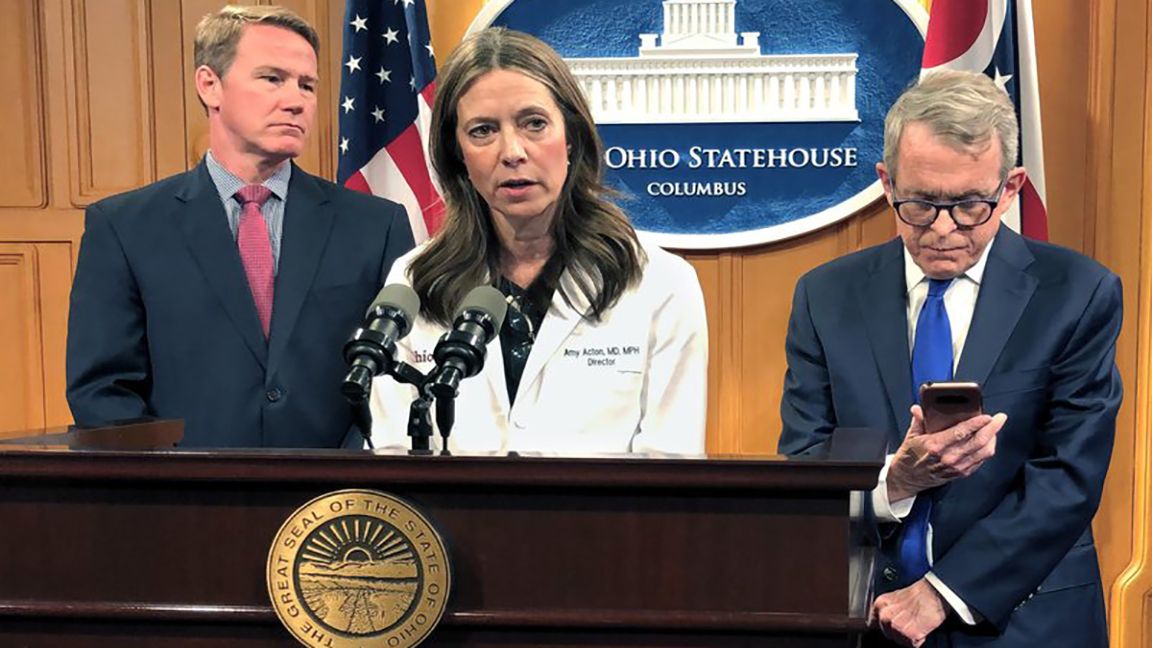
On March 24, at a time when few thought the pandemic would last this long, DeWine rejected then-President Donald Trump’s assessment the economy could reopen in two weeks, and predicted a May spike. As he took praise for a “calm” and “sober” response to the pandemic, the governor’s approval ratings soared and Acton, who is now eyeing a U.S. Senate seat, became an Ohio celebrity.
We tried to cheer each other up. First responders organized drive-by horn-honking celebrations to honor kids’ canceled birthday festivities, until officials clarified parades weren’t allowed. Other events, like weddings, adapted with ever-changing sets of rules throughout the pandemic.
Officials later blamed lack of vigilance at such gatherings for the fall surge.
The darkest moments of the pandemic were made even harder by the distance. Loved ones missed last moments or said goodbye from iPads.
Funeral homes came up with protocols to give families safer options when services came back.
In other instances, one death led to several when ceremonies became transmission events themselves.
A year later, the plexiglass dividers and no-visit restrictions at care facilities are beginning to be laxed. Rejoined families are starting to catch up on lost time, but visitation is still far from normal.
When the coronavirus pandemic hit, Ohio hadn’t yet recovered from the Great Recession. A little more than 63% of Ohio adults were in the labor force, compared with nearly 68% in 2007, according to research institute Policy Matters Ohio. As the pandemic rolled on, more than 1 million Ohioans lost their jobs, surpassing job losses recorded in 2008.
Many Ohioans who continued working — considered essential workers under DeWine’s stay-at-home order — were primarily lower-income workers. Sixty-three percent of essential workers said they are paid less than $29,999 per year, the institute reports. And more than half the jobs in food and agriculture, one of the most essential industries, were filled by people of color.
While some Ohioans were able to work from home, workers in the food-processing industry continued working at heightened risk of COVID-19. Nearly 300 workers at a Dole facility in Clark County fell ill with COVID-19, while meat processing plants in Stark, Wayne, Columbiana and Holmes counties became hotbeds for virus transmission.
In Ohio and across the nation, the pandemic’s biggest economic loser was the leisure and hospitality industry, which includes food service and lodging, and arts and entertainment, according to the U.S. Bureau of Labor Statistics.

By the time the pandemic was in full swing in April, the unemployment rate for leisure and hospitality workers was 39.3%, compared to 5.9% in January. In April, the unemployment rate for workers in those industries was 4.5%.
DeWine ordered bars and restaurants closed in March, except carry out, just ahead of St. Patrick’s Day, one of the industry’s busiest holidays.
Restaurants scrambled to organize take out and curbside services, some furloughed staff and others filled out insurance claims. Smaller establishments set up crowdsourcing campaigns to stay afloat.
Cleveland, considered the rock capital of the world, was also hit hard. Pandemic guidelines for restaurants and bars aren’t compatible with Northeast Ohio’s proliferation of live performance venues, business owners said, because performances are normally just getting started at 10 p.m. — Ohio’s pandemic curfew.
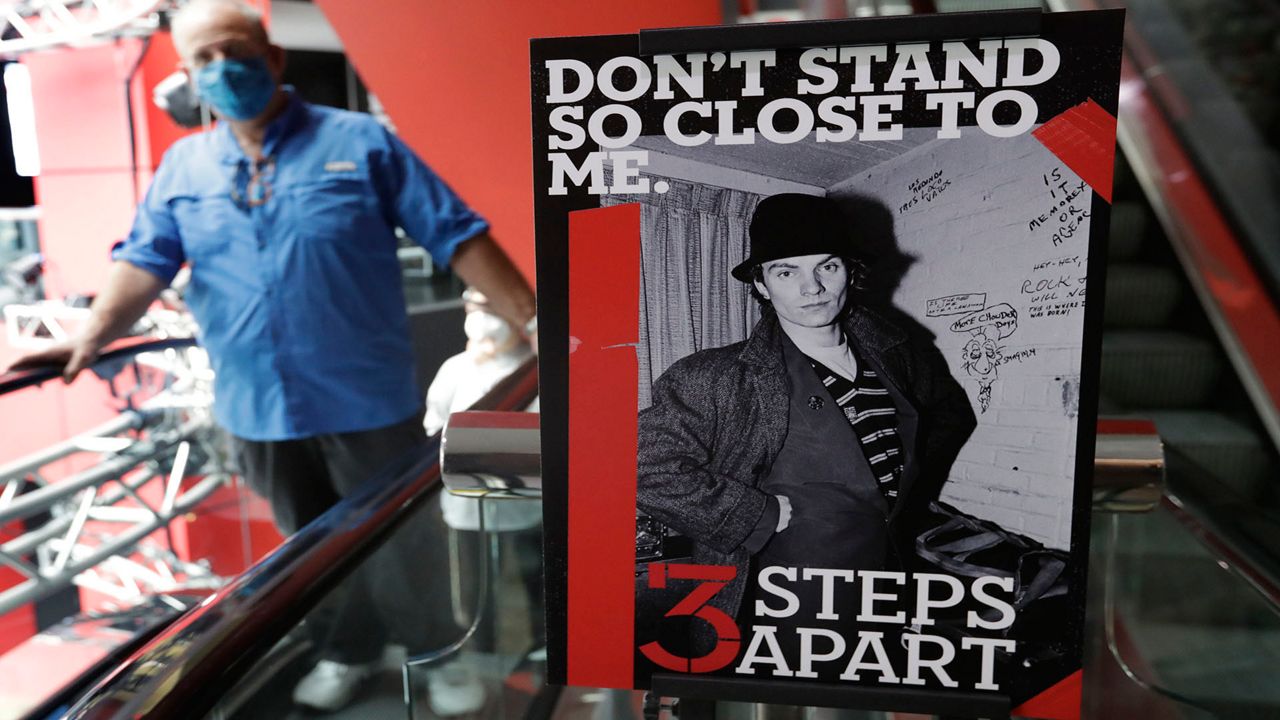
Many venues, like the Grog Shop, an entertainment institution for more than 30 years, revamped their business models with virtual events to keep the business afloat. In Akron, Jilly’s Music Room shut its doors completely and streamed live shows weekly.
The venue owners worked with Save Our Stages (SOS), a campaign of the National Independent Venue Association (NIVA), to secure legislation that would provide financial support to keep them alive. Without federal assistance, NIVA estimated 90% of independent performance venues would close their doors permanently. The Save Our Stages Act passed in December, but many venues said they are still waiting for grants.
Other small Ohio businesses face similar challenges. Feeling the pandemic fallout, more than half of Ohio’s small businesses said they could close permanently by the end of this quarter without more federal help, according to a poll of more than 6,000 business owners by Alignable, a small business online network.
As of February this year, the poll showed 32% of small businesses reporting one month or less of cash reserves, with 15% saying they have no reserves.
Despite thousands of job losses, Ohio’s economic development efforts remained surprisingly resilient. This month, DeWine accepted Site Selection Magazine’s 2020 Governor’s Cup, which rewards economic growth based on new projects.
Ohio ranked first in the nation in projects per capita and second in number of projects. Projects topping the list were the Ultium Cells Battery Plant in Lordstown, the Ford Motor Co. plant in Avon Lake and Facebook’s new data center in New Albany.
Ohio didn’t reduce investment in new or existing projects in 2020, DeWine told Site Selection. It continued through three innovation districts and the Ohio to Work Program, which was created specifically to help Ohioans displaced because of COVID-19 return to jobs or get new ones, he said.
Students cleared out their lockers and packed up their dorm rooms. They parted from their classmates for what was announced on March 12, 2020 as a three-week spring break beginning the following Monday. Then, came virtual learning.
Ohio was the first state to close schools, but it certainly wasn’t the last to reopen them. Unlike coastal states, in Ohio, many public school districts, particularly outside of the cities, returned to classrooms in the fall. Even at the peak of an ugly fall surge, some schools were offering five-day in-person learning. Administrators said school could be done safely with masks and distancing.
THE YEAR IN K-12
A year later, thousands of students in Ohio still haven’t set foot back inside the classroom because their families aren’t ready for them to go back. More than 40,000 students in Ohio contracted COVID-19, according to Spectrum’s tracker.
How much of that transmission came from classrooms versus community spread outside of school is still a debate between the teachers unions, which called for more precautions and demanded schools not reopen until staff were vaccinated, and education officials, including some who have transitioned districts to 3-feet distancing.
State representatives demanded more in-person instruction for students, with Republican lawmakers arguing the youth mental health tragedy was worse than the toll of the virus itself.
Administrators said they struggled with families who tried to recreate events, like homecoming in their own backyards after the school canceled the official celebrations. The unofficial gatherings became super-spreader events, according to superintendents.
Some schools reported successful transitions to in-person learning, while at others counselors became overwhelmed with grieving students as the virus wreaked havoc in Ohio communities.
In virtual learning, there were stories of innovation and teachers going above and beyond, but many students suffered educational setbacks. Attendance problems are still impacting districts across the state, especially in lower-income neighborhoods where some students often did not log on for e-learning. Now, ongoing “attendance drives” are aimed at getting kids re-engaged.
School sports were halted in the spring, and the virus tested programs throughout the fall and winter. Supervising learning from home exhausted parents, especially those with younger students, who had to restructure their work lives, all the while fearing their children were falling behind in the virtual learning environment, or wondering: Is hybrid learning enough?
Schools installed new ventilation, spent hundreds of thousands of dollars on testing — or didn’t — while they scrambled to hire substitute teachers and bus drivers due to staffing shortages from quarantines and infections.
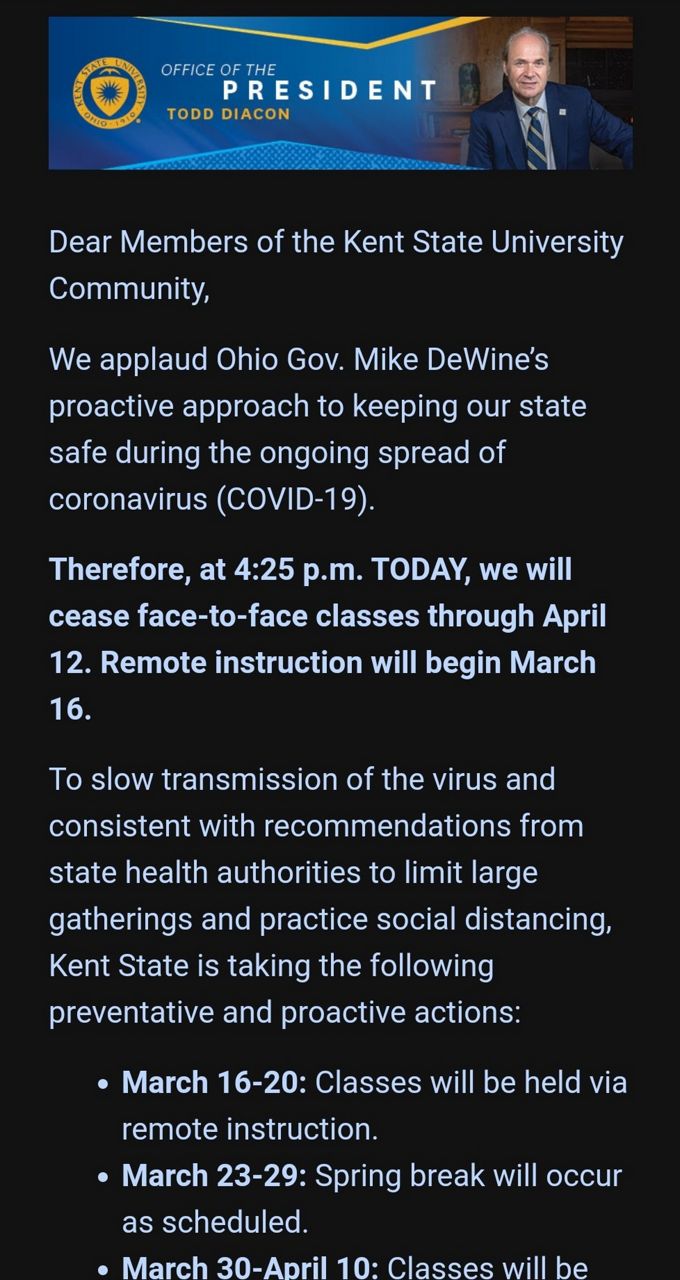
The governor’s office said if the good case trends continue, schools can have proms and graduations this spring, events that were dearly missed last year. As cases subside and more vaccines arrive in Ohio, more students are learning in classrooms than at any previous point in the pandemic, and the long road to addressing the educational holes from the pandemic begins.
COVID WENT TO COLLEGE
Non-essential operations at Ohio’s colleges and universities went remote one year ago, and it stayed that way until the fall.
On March 15, 2020, Kent State students were informed a school employee was tested for COVID-19 after coming into contact with someone who contracted the virus. That email also announced students would have to move out of the residence halls by March 20.
Soon after, the rest of higher education institutions in Ohio followed suit. On March 17, 2020, the University of Akron announced it had two confirmed cases, and that all students must leave the residence halls by the following day. All of the sudden, parents were helping students load their belongings into cars, almost as if it was move-out day. Within 48 hours, parking lots were nearly empty, campus gyms closed down, and organizations canceled meetings for the rest of the year.
Many colleges held off on the graduation decision as long as they could. Then, just a few weeks before commencement ceremonies were supposed to take place, COVID-19 cases steadily rose, and schools called the celebrations off. Grads dressed up at home with their caps and gowns, sat on their couches with their families and watched their college’s honor four years of hard work, reading off the names for the Class of 2020 via livestream.
When students returned to campus in the fall, administrators were caught off guard by the rate of spread, particularly at Ohio State, Miami University, and the University of Dayton, where an 18-year-old student contracted the virus and died. In-person instruction was interrupted and administrators pleaded with students to avoid off-campus parties.

Outbreaks at Ohio’s college campuses were some of the largest in the country and made those ZIP codes, at times, see the highest case numbers in the state.
Professors expressed concerns, questioning whether classwork would be effective in a digital format, and students grew frustrated having to work from home.
Ohio’s efforts to slow the pandemic affected more than their health and social lives. For many, their economic future was also uncertain. And, nationwide, one of the indicators of the pandemic-related economic downturn was the rapid growth of unemployment claims hitting record numbers according to Department of Labor data.
In Ohio, March orders limiting mass gatherings and closing bars and restaurants to indoor dining not only shut down cities statewide, but catalyzed the largest group of unemployed Ohioans since the 2008 depression, tripling Ohio’s pre-pandemic unemployment rate from 4% to 17.6% percent at peak filing.
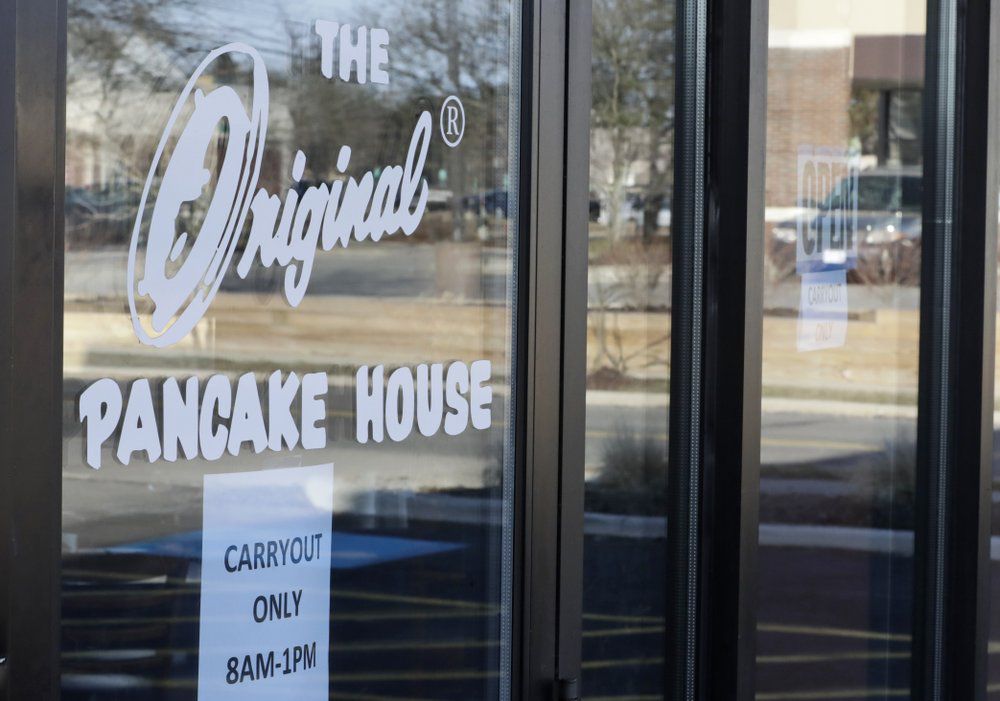
Ohioans filed 2.7 million initial jobless claims, and 1.3 million during the peak from March to May 2020 according to the state’s unemployment administrator, Ohio Department of Job and Family Services.
For weeks, claimants inundated the decades-old COBOL-based system, wreaking havoc on the minimally-staffed unemployment team.
The impact was felt across the state, but the shutdown hit industries in the hospitality, events, and entertainment sectors, such as hotels, tourism, food & beverage the hardest.
“Immediately everything got really scary for me because bills are rolling in and people are not picking up the phone,” said Mike Folker, co-owner of Bossy Grrl’s Pin Up Joint, a bar and small performance space located in Columbus. Folker’s entire team, himself included, filed for unemployment when DeWine shut down bars and restaurants March 13.
“It was kind of like, alright, eventually some bail out or something will happen, you know, and just as things never came, and answers never happened and as unemployment claims were getting blown off,” explained Folker. “I was like, ‘Boy, what? Is society breaking down?’”
Folker and his team weren’t alone. Ohioans experienced long delays in processing claims, sometimes not receiving benefits for weeks or months after the shutdown while ODJFS continued its ramp-up efforts to meet unprecedented need.
Strict wage and earnings guidelines kept many Ohioans from regular unemployment benefits, but the federal fix implemented through the C.A.R.E.S Act caused even more problems.
Claims didn’t begin flowing in that program until May because the new program required an entirely new claims system, nearly two months after Ohio shut down.
“We feel like we’ve been lied to. We feel like we have been betrayed because we were made to think that everyone who got laid off would be eligible for some kind of unemployment compensation and we feel like we’re not being heard,” Bossy Grrl performer and bartender Hicks said in March ahead of the PUA system being launched.
ODJFS and other state unemployment departments scrambled to get the new system online to handle PUA, contracted through Deloitte Consulting. But, PUA took weeks after C.A.R.E.S. Act was implemented to come online, and once it did, fraud issues, technology delays and general confusion about program parameters created new obstacles to filers. Several Ohioans sued Deloitte Consulting when thousands of claimants filing data was exposed through a system vulnerability.
Ohio is still battling a war against unemployment fraud, and while ODJFS has stopped thousands of potential fraudulent payments, the state has paid out hundreds of millions of dollars in fraudulent overpayments to date, the majority in the PUA system, officials said.
The state also called in resources through the Ohio Business Roundtable to help provide expertise from the private sector to address the fraud issues, customer services challenges, and claims processing delays. Meanwhile, the director of ODJFS, Kimberly Henderson, resigned from the role as of March 8, 2021 to relocate with family to North Carolina.
The COVID-19 vaccine rollout has been slow across the nation. With Ohio‘s fragmented distribution approach, coupled with the meager number of doses it has received, the Buckeye State is no exception.
In Ohio, 3.7 million doses have been delivered, with 2.8 million doses administered. Nearly 1 million people have received both doses of the two-shot vaccines, according to the Centers for Disease Control and Prevention.
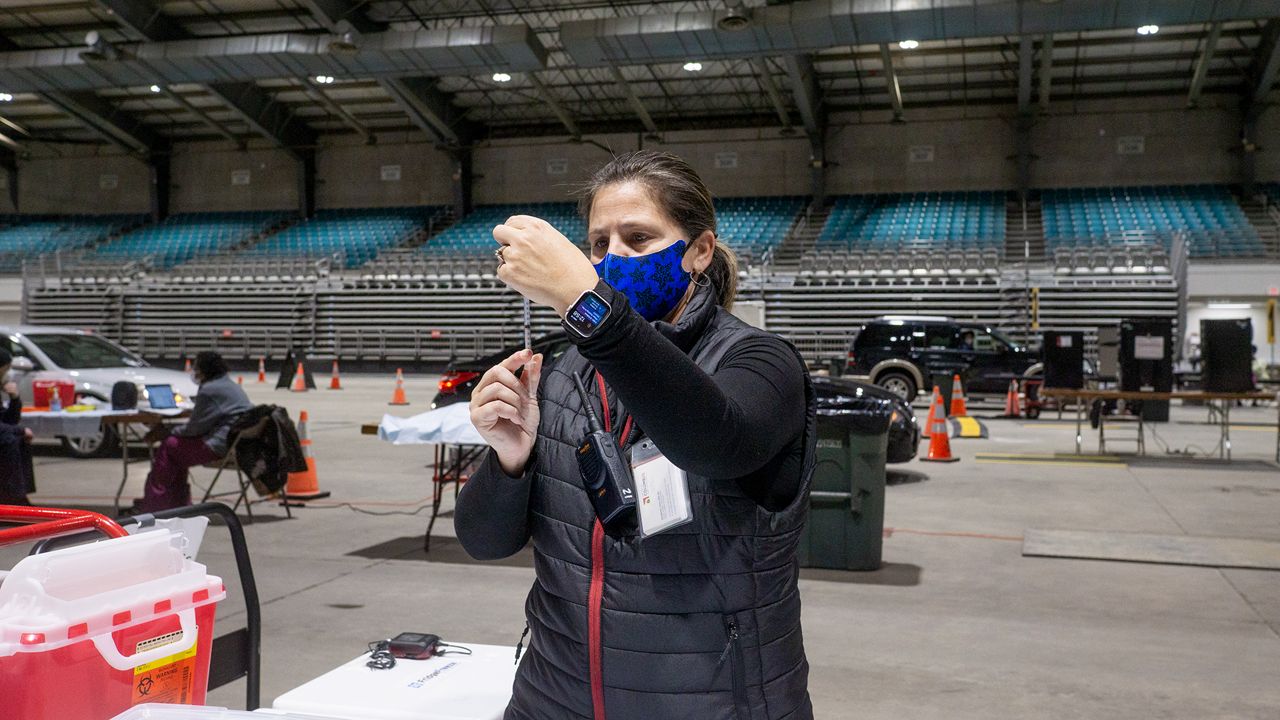
With two-dose vaccines provided by pharmaceutical makers Moderna and Pfizer, and the arrival of the one-dose Johnson & Johnson vaccine, nearly 16% of Americans have received one or more doses.
States had the choice of either divvying up and distributing the vaccine from many locations to allow recipients to stay close to home, or erecting fewer large mega-distribution sites. Ohio opted for many sites, which have quickly run out of the scant 50 to 300 doses delivered weekly.
Ohio health departments and pharmacies have struggled with the process of notifying eligible residents because their internet and phone systems aren’t designed to handle the crush of calls and emails from people attempting to schedule appointments.
Summit County Public Health Department’s system staggered under the weight of thousands of anxious residents’ calls until the county launched a lottery system to draw the names of those eligible for shots.
“We would literally get 13,000 hits in about four minutes” said Health Commissioner Donna Skoda in an earlier interview.
To avoid such scenarios, the state structured the distribution process in phases, according to age, occupation and health factors that put some residents at higher risk.
Phase 1A opened Dec. 14 with vaccinations given primarily to frontline workers and staff and residents of congregate living facilities.
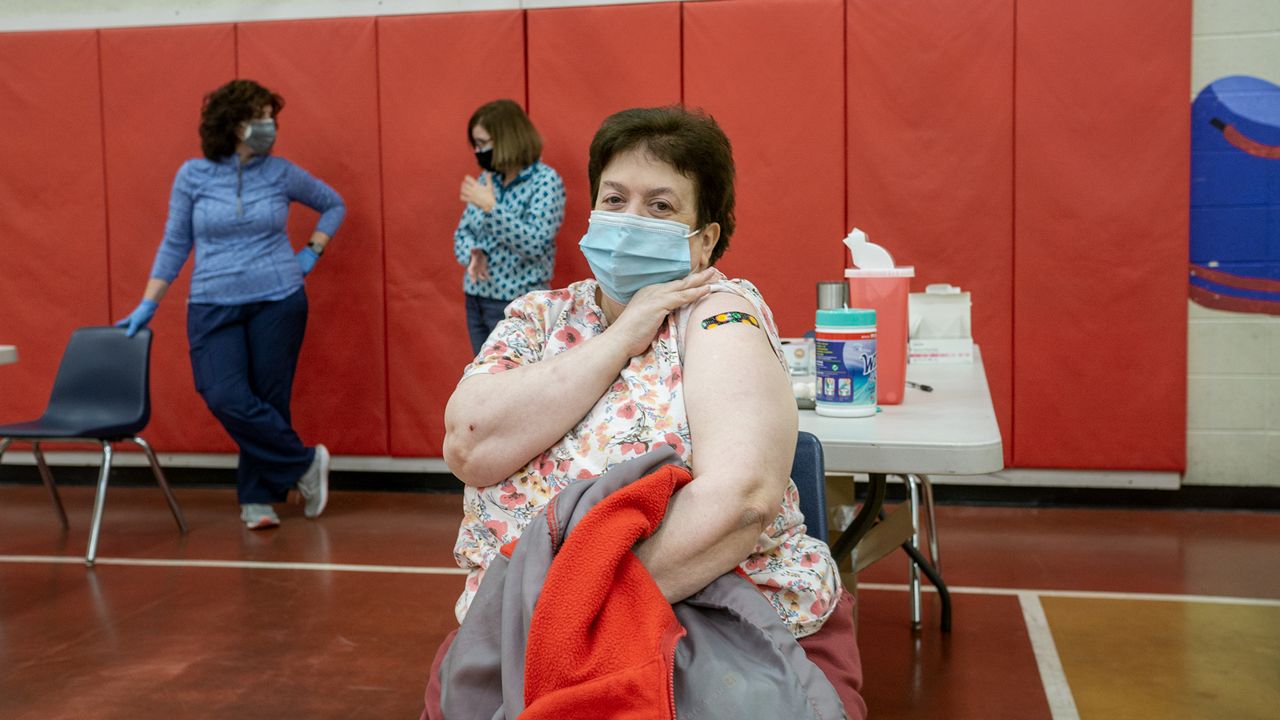
Phase 1B opened Jan. 19 in sub phases. It started with Ohioans 80 and older, those with severe congenital or developmental issues, and specific medical conditions, and staff of Kindergarten through 12th grade schools. Each week, eligibility was lowered five years through to those 65 and older.
Because some counties have a high number of seniors, and low numbers of doses, DeWine paused Phase 1B for a few extra weeks to allow distributors to catch up on inoculating the state’s many seniors.
Phase 1C opened March 4 for people 60 and older, those with specific medical conditions, pregnant women, and child care or funeral home workers.
About the time Johnson & Johnson’s one-dose vaccine was approved in late February, Ohio was promised a significant boost of about 400,000 shots in doses from Pfizer and Moderna. Until recently, Ohio was receiving slightly more than 200,000 doses a week to divvy up across all 88 counties.
Vaccine makers said a big jump in vaccine delivery will ensure most Americans receive their shots by summer.
While Ohioans continue juggling online forms to schedule their COVID-19 vaccinations, most are happily anticipating a post-pandemic world where many aspects of life will resume fairly normally.
The vaccine rollout offers the potential to once again attend sporting events and birthday parties, and even stand in line at the grocery store, with less anxiety. Events, like weddings and commencement ceremonies, will likely be hosted outdoors more often and chance reunions on the street could feature fewer hugs.
With Ohio’s schools reopening and college kids heading back to dorms this fall, most parents are breathing sighs of welcome relief. Nursing and assisted-care facilities will soon open their doors to families, daycares will reopen, and nights on the town will resume.
Still, health care officials warn that COVID-19, like the SARS virus or common flu, will be with us permanently, and it’s unclear what that will mean in the years to come.
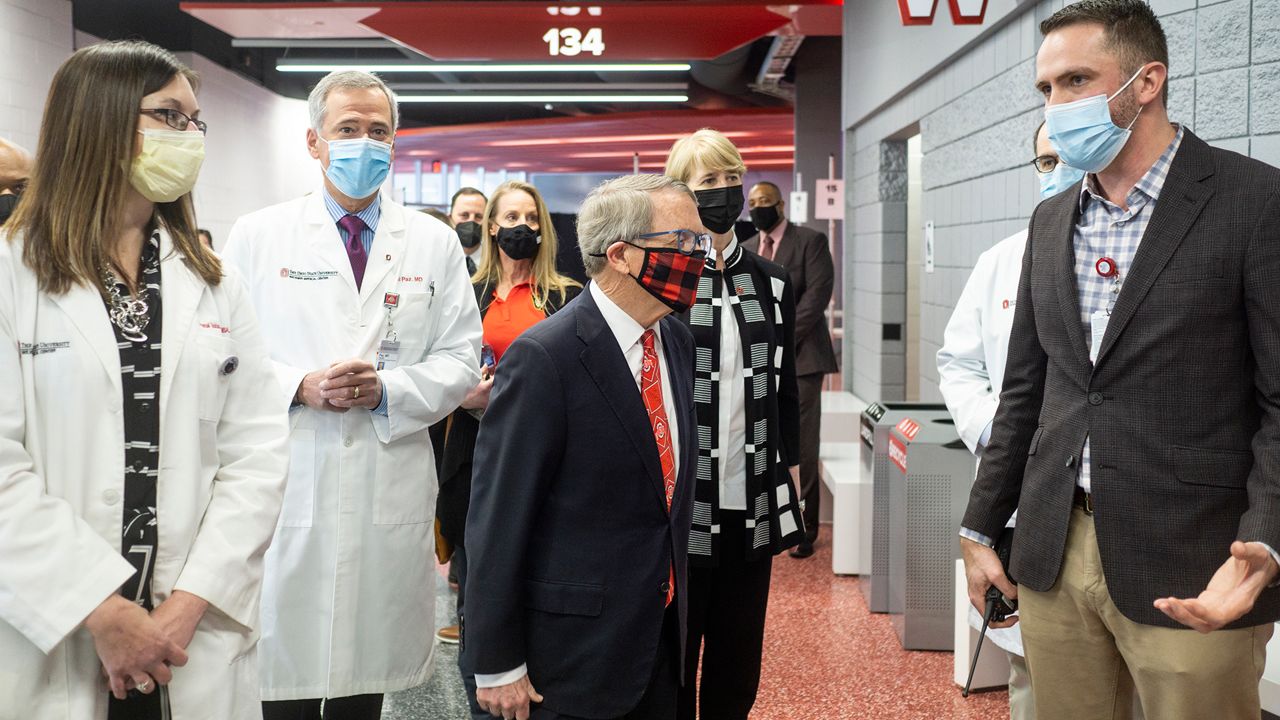
Until the population reaches herd immunity with enough people vaccinated, officials will continue pushing the trifecta of COVID-19 precautions: Washing hands, social distancing and wearing masks.
And for many small Ohio businesses, the pandemic sounded their death knell, while others totter on the brink, giving new meaning to the phrase “shop local.”
How the public and the government respond to the lingering effects of the pandemic will help shape Ohio’s future.
Orie Givens contributed to this story.





